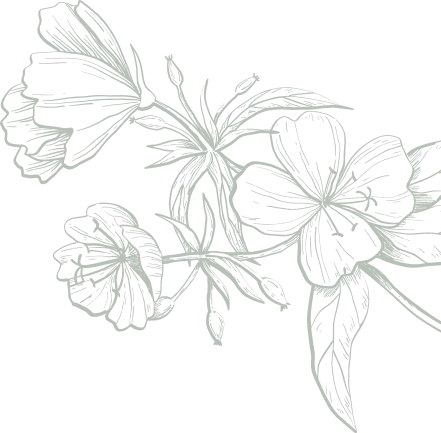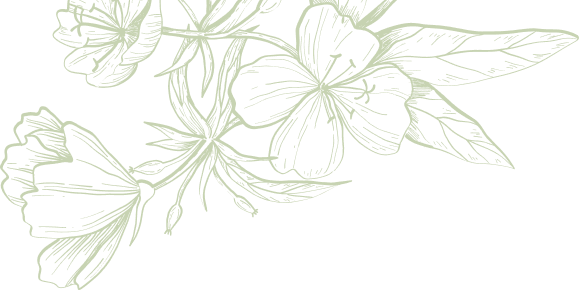There aren’t many people that prefer the gray skies of winter to the sunny blue skies of warmer seasons. But for some people, the seasons changing can lead to feeling something much deeper than a preference.
For some people, the change of seasons can lead to an intense mood swing to a serious bout of depression. Known as seasonal affective disorder, or SAD, many may not know that this is the reason they have a mood swing at the start of different seasons.
If this sounds like you, here is how to help seasonal depression and seven tips to get you through to brighter weather.
What is Seasonal Affective Disorder
According to the Diagnostic Manual of Mental Disorders—a guide to mental and psychological disorders used by mental health professionals and psychologists—seasonal affective disorder is defined as a form of depression.
Those who have SAD experience similar mood changes and symptoms to those with depression. However, the difference is that these symptoms come about at the start of one season and disappear at the begging of another.
For most people, symptoms of SAD begin during the fall and winter months and improve near the start of spring. Though much less common, some people may experience SAD symptoms in the summer.
Symptoms of SAD
Many people may think of Seasonal Affective Disorder as just the winter blues. But this disorder is much more than distressing. SAD symptoms can be overwhelming and interfere with someone’s daily functioning.
Some of the most common symptoms of Seasonal Affective Disorder include fatigue and weight gain. Fatigue can manifest into sleeping too much or a loss of energy despite sleeping more.
Weight gain is typically due to a change in appetite; people with SAD may experience a carbohydrate craving and increased eating habits.
Other symptoms may include feeling sad or depressed. Some may experience a loss of interest or pleasure in activities in activities they once enjoyed.
Increased purposeless physical activity, feeling worthless, difficulty thinking, or thoughts of suicide are can also be symptoms of SAD.
Tips for How to Help Seasonal Depression
Many scientists and psychologists attribute a biochemical imbalance in the brain to trigger seasonal depression. This may be due to winter’s shorter daylight hours and less sunlight in the colder months.
Because of this imbalance triggered by an outside source, SAD is a much easier disorder to handle and treat. Successfully coping with seasonal depression can mean just a few lifestyle changes.
1. Connect with Friends and Family
It’s easy to feel isolated in the winter months when many people want to stay cozy in their homes. The winter months can be especially isolating for those with Seasonal Affective Disorder because of the lack of interest in socializing.
Make an effort to connect with friends and family on a regular basis. A phone call or video gathering can do wonders for keeping those social bonds strong. Joining a club that meets regularly is a great way to make new friends and keep one social.
2. Engage in Hobbies
One symptom of SAD is a loss of interest in activities and hobbies that were once pleasurable. But that’s exactly why engaging in hobbies is a good way to combat the disorder. Hobbies can be fulfilling, helping to break the feeling of fatigue.
Try pursuing old activities or try something new. An ongoing project throughout the winter months can help boost creativity and give those affected something to work at and look forward to.
3. Limit Screen Time
In this digital age, it’s nearly impossible to avoid screens. Everything from work to entertainment happens on a few digital inches. But screen time can have negative effects.
Over-exposure to the bright lights of screens can lead to sleep problems. Some may experience a lower quality of sleep, while others find that their screens keep them awake. Screens can be addictive, so it’s best to limit their use throughout the day.
4. Get Outside
Since a brain imbalance triggers Seasonal Affective Disorder due to shorter days and less sunlight, one of the best ways to fight the disorder is to get outside. Getting outside for 15-20 minutes a day can do wonders for the mental state.
Even if you can’t see the sun through the gray clouds, sun rays can still break through, bringing with them the benefits from the sun. Taking a walk or going for a bike ride can be an effective treatment for SAD.
5. Stay Healthy
With Seasonal Affective Disorder, it’s easy to let healthy habits slip away. Many people don’t have the energy to keep up basic hygiene. Or they may experience craving unhealthy foods. Those with SAD should make an effort to maintain a healthy lifestyle.
Practice the basics of good hygiene like bathing, brushing teeth, and maintaining the cleanliness of the home. Get good, restful sleep, but not too much. It’s also important to eat healthily and have a well-balanced diet.
6. Limit News Consumption
Many people may find the news very triggering and can increase anxiety levels. Those struggling with Seasonal Affective Disorder may find that their own depression mixed with the stress the news brings can create a bad environment for negativity to thrive.
The constant flow of information from the 24-hour news cycle doesn’t allow for the brain to have a break. So it’s a good idea for those who experience SAD symptoms to limit their exposure to news.
Having a dedicated time to check-in, maybe two or three times a day, can keep someone informed while limiting potentially overwhelming information.
7. Stay Active
One of the best ways to help seasonal depression is to stay active. That may be easier said than done with the intense feelings of fatigue that are staples with the disorder. But it’s important to keep up activity levels to avoid hibernating in the winter months.
More activity can help fight off the depressive feelings of SAD. Try to get moving with daily exercise. Exercise alone can help boost lower moods, but it’s also a great way to offset the weight gain that’s common with seasonal depression.
Winter Gray Skies Don’t Have to Have an Effect
A change in mood during the cold winter months is common. For some, it may be a step further, with a brain imbalance triggering major change. But while these changes may feel debilitating, they don’t have to have major effects on your life.
There are options for how to help seasonal depression. Taking a few extra steps to cope with Seasonal Affective Disorder can help get through the dark and gray months. However, more severe cases of SAD may require professional intervention.
It’s always a good idea to see a doctor or psychologist for a diagnosis and the next steps of treatment. Looking to talk to someone about Seasonal Affective Disorder or another mental health issue, request an appointment with a counselor today.




